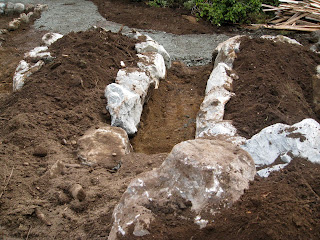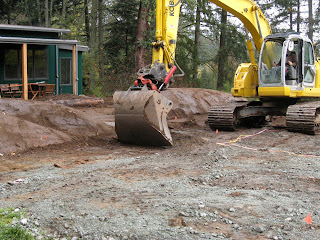'Aunt Flow Speaks Out' - Artists Statement
Women menstruate.
If women did not menstruate, you and I would not be on this earth. We would not be alive.
Menstruation is a necessary part in our chain of life.
This artwork celebrates the humanity and acceptance of this monthly visitor. Aunt Flow comes to visit, sits on a tomato, and can’t go swimming on certain days. Strawberries, rabbits, Maggie the Red Bird is flying her colours. Speak about it, share words and stories, celebrate women, and this part of womanhood that just is, that makes life possible. We are enough, we are OK.
Menstruation Euphemisms penned by Kirsten Horel, website, artist and lettering artist.
After reading 'Flow: The Cultural Story of Menstruation' by Elissa Stein and Susan Kim, I had a strong urge to stimulate a conversation about this hidden subject.
It was time my collection of perfectly laundered handkerchiefs got to work.
I rubbed the centre of each handkerchief with red ochre to represent the blood.
I contacted Kirsten and asked if she wanted to work with me on the project. I was so pleased when she agreed to. She went to work researching and collecting more euphemisms and tested different ways of working the lettering with different inks and different pens. She also lettered the signs inviting the viewer to touch the handkerchiefs and to write their menstruation words and experiences in the red book.
Together we worked on the artist statement where Kirsten's wonderful sense of humour lighted my rather heavy expression of indignation at yet another social injustice.
Each saying was printed on cloth and torn into a strip then a cotton thread was attached to the bottom.
Each handkerchief was nailed to the wall with its euphemism mostly hidden by the natural fold of the handkerchief hung on point.
I trialed different arrangements for hanging the handkerchiefs.
I wanted to give the feeling of lots, as though the installation could go on and on if there was enough room - to make the viewer ask why there were so many of these sayings.
I decided on this staggered arrangement then made a template out of gridded interfacing to show where each nail needed to go.
Satisfied I packed everything into a box and went looking for places to show 'Aunt Flow Speaks Out'.






















































